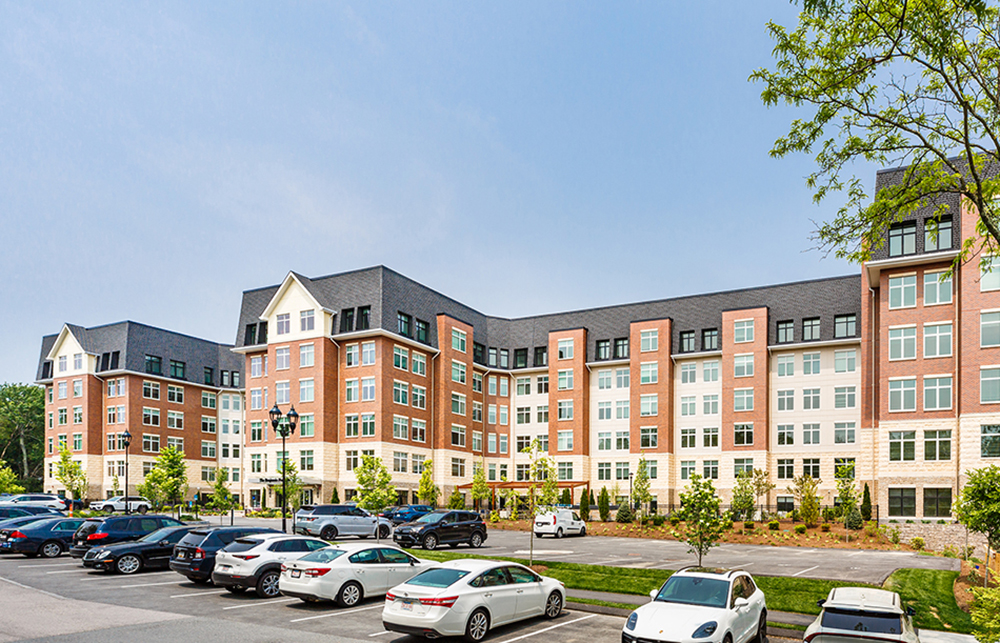Question of the Month: What are the seasonal constraints of vernal pool investigations? - by Ann McMenemy and Kyle Lally

One of the most time sensitive permitting constraints to land development can be the documentation of vernal pools. Every state in New England has some form of mapping, detailing the locations of potential or known vernal pools, and each state has regulations in place which protect these pools from development. In many cases, due to local bylaws, a potential vernal pool has the same regulatory requirements as a known or certified vernal pool. Along with state and local regulations, the Federal U.S. Army Corps of Engineers has jurisdiction over vernal pools through the Clean Water Act if the project triggers a federal wetland filing. Due to the potential permitting constraints of vernal pools, they should be addressed early, during the narrow seasonal window which their biological characteristics can be investigated and documented.
A vernal pool is a shallow, confined depression in the ground, which on average will retain standing water for at least two continuous months during the spring and early summer. Along with the seasonal, hydrologic period, a vernal pool is defined by the presence of obligate and facultative vernal pool species, absence of a predatory fish population, and absence of flowing inlets or outlets producing a current.
An important aspect to consider is the timing of vernal pool investigations. As a part of their definition, a vernal pool is an ephemeral flooded basin and will often hold water for only two to four months in the spring and early summer. Due to the seasonal breeding cycles of the species which utilize vernal pools, there is a narrow annual window to investigate their presence.

Each state in New England has their own regulations for land development near vernal pools. In addition to the state regulations, there are many municipalities which impose additional regulations under local wetland ordinances and bylaws. For example, the Mass. Wetland Protection Act Regulations (310 CMR 10.00) has jurisdiction over lands within 100’ of a Certified Vernal Pool. Work within Vernal Pool Habitat (defined as the confined vernal pool depression as well as land within 100’ of the vernal pool, to the extent that the habitat is within an area subject to protection) can be permitted, only if the work will have no adverse impact on wildlife habitat. To prove that there would be no adverse impact, a formal Wildlife Habitat Evaluation would need to be performed by a qualified professional as described in 310 CMR 10.60(1)(b). Even if one is able to provide evidence that the proposed work will not have an adverse impact, many local bylaws impose additional protection. There are many municipalities which do not require the biological criteria to be present for a vernal pool to be protected by the local wetland bylaw.
Another regulatory constraint of a vernal pool is the possibility of a state or federal filing if a pool is found to be habitat of a federal or state listed species. In much of New England, many mole salamander species have greater levels of protection through state endangered species laws. If a rare species is mapped or observed in a vernal pool, the project could be scoped for additional review. An example would be a filing under the Mass. Endangered Species Act, if a vernal pool was found to be used by a state listed species. Other examples of increased land development regulation can include increased stormwater management standards and, if a U.S. Army Corps of Engineers permit is required, a 750’ jurisdictional envelope surrounding the vernal pool as well increased Best Management Practices to avoid, minimize and mitigate alteration of the habitat.
In order to make a determination regarding the likelihood of a potential or possible vernal pool to be certifiable (thus meaning more regulatory processes and protection), an ecologist will need to document the pool for the standard characteristics of a vernal pool based upon the issuing authority’s regulations. While the physical and hydrologic characteristics have a broader window for review, the presence of obligate or facultative species is much more time sensitive.
The presence of vernal pools can impose significant constraints for land development projects and should be investigated in the early phases of project planning. Due to the ecological importance of vernal pools, the issuing authority may require a developer to investigate a potential vernal pool for more than one year, especially if the year experiences a lack of rain in the early springtime. In order to get a timely start to a project which might be affected by a vernal pool and because of the narrow window of opportunity to characterize a potential vernal pool, an ecologist should investigate the site as seasonally appropriate in the early springtime.
Ann McMenemy, PWS, NHCWS, is a senior wetland scientist/ecologist and Kyle Lally, M.Sci., is a staff wetland scientist at Hancock Associates, Danvers, Mass.
Project of the Month: SV Design, Harborlight, Beacon Communities, and Keith Construction reimagine the Briscoe School


The rise of incubators and co-working spaces: The latest in life sciences - by Matt Combs

The design-build advantage: Integrated interior design solutions - by Parker Snyder

Ask the Electrician: Is summer a prime time for commercial electrical maintenance?








